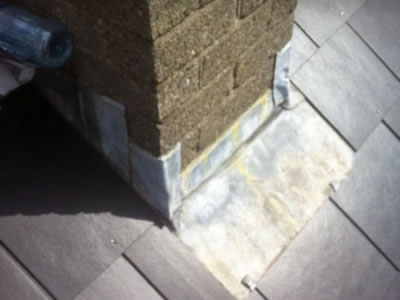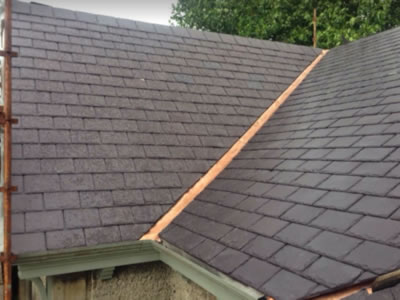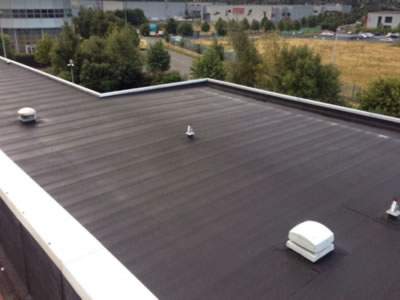


The temperature of your home can change based on the outside temperature, but did you know that your roof affects how hot or cold your home becomes as well? It’s not something that too many homeowners think about, but roofing experts know the effect that the roof has on the internal temperature of the home.
Coverage and Insulation
Of course, if your roof has holes in it or is improperly insulated, that can cause your home to lose some heat. That is common knowledge, and it is important to make certain that your roof is sealed and insulated like it should be. If you check for problems with your roof on a regular basis, you can preserve the temperature inside the home and keep hot or cold air from escaping. You’ll also keep air from entering into your home and changing the temperature. You want to keep the internal temperature completely under your control, as that determines how
much energy you use with your heating and cooling system. If you are not controlling the flow of air into the house, then you will spend a lot more on your energy bill, especially during months where you spend a lot of time with the airflow system activated.
Roof Color
Did you know that the color of the roof affects the temperature inside your home as well? It’s true, because colors can reflect or absorb light. So, a white or lighter colored roof would reflect light, keeping the interior of the home cool. A darker color will be more likely to absorb the light and the heat and direct it inwards, heating up your home. So, if you live in a colder climate, you will want a dark roof, and those in hotter regions will benefit from a lighter colored roof. It’s simple science at work, and it is something to consider when you are deciding what color to paint your roof. The decision should be based on more than just how pretty it will look and how well it will match with the rest of the house.
Roof Materials
The kind materials you choose for your roof can play a role in determining how warm or cool the interior temperature of your home is. Different materials reflect light and heat better, while others tend to absorb them. Metal roofs can get very hot, and that heat can transfer into your home. A roof that is mostly a glass skylight will reflect a lot of light, but a wooden roof is more likely to absorb the heat. If you go with a stone or brick roof, then heat is going to be reflected rather than absorbed. Consider these kinds of factors when you are picking out roofing materials. The kind of material you use can affect your heating bill and how comfortable you feel in your home at different times of year. You may not know all the details of how roofing affects the temperature of your home, but your roofing contractor should, and you should ask the contractor about it before making your roofing decisions.
Recently Finished Projects

Tile & Flashing Repairs

Slate Re-Roof & Copper Valleys

Commercial Re-Roofing
Real Customer Reviews, Typos & All ;- )



Call Us to Get Your 100% Free Quote
We’d love to call out and give you a free, no-obligation quote at any time that works for you, day or night. Call 1800 911 007 For Your Free Quote


Or Let Us Call You



Affiliations and Awards






